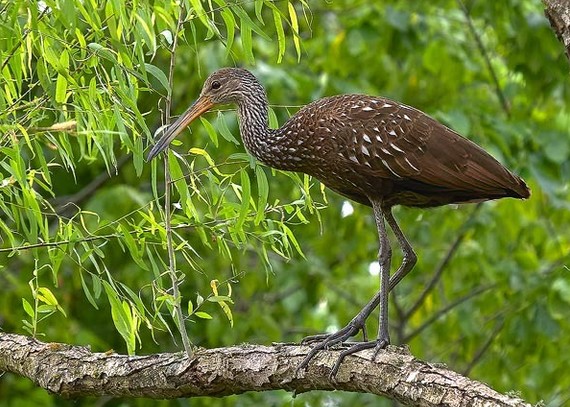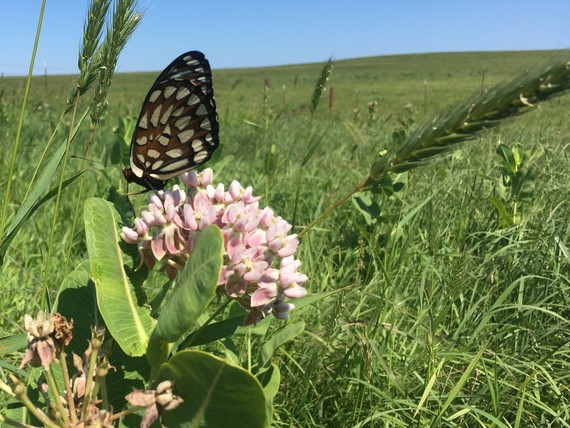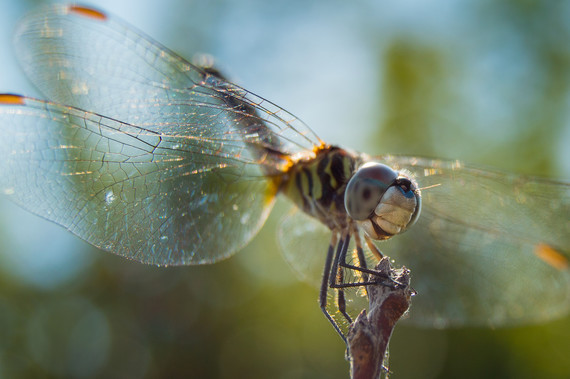|
  David Arbour
|
|
A curious bird has made a handful of curious appearances in the state, sparking a rare bird alert in the bird watching community and in the media. At least seven limpkins, a bird most often found in the United States in Florida, have been spotted in Oklahoma this spring, with reports coming from Red Slough Wildlife Management Area, near Idabel, the Mary K. Oxley Nature Center, in Tulsa, as well as in Wagoner, Mayes, and Carter counties. |
|
|
Oklahoma’s rivers are home to incredibly diverse communities and species, including the federally threatened Arkansas River shiner. This fish may not take up much physical space – adults are usually less than 2 inches in length – but they do require long stretches of free-flowing river to complete their life cycle. Adults migrate upstream in the spring and summer to spawn, and the resulting eggs must float more than 100 miles downstream as they develop and hatch.
This rare species has strong Oklahoma ties; it was first described from a specimen collected in the state in 1925 by Carl L. Hubbs and A. I. Ortenburger. They collected a “ripe female” from “Station 13” on the Cimarron River, near Kenton. The entire population is now thought to be limited to the South Canadian River of Colorado, New Mexico, Texas, and Oklahoma.
|
|
 Regal fritillary/Emily Geest
|
|
In 2019, a survey team from Oklahoma State University embarked on a quest to find one of the rarest butterflies in Oklahoma, the regal fritillary. Over the course of three years, the team conducted more than 450 surveys across an eight-county area in northeastern Oklahoma’s tallgrass prairie, finding nine individuals. |
|
|
🦋 🌻 🐛 June 20 – 26 is Pollinator Week! Celebrate Oklahoma’s pollinator power by sharing your observations of these beneficial organisms and the native plants on which they rely!
|
|
 Seth Schubert/RPS 2017
|
|
|
On June 3, 1907, Indiana banker and amateur naturalist E.B. Williamson documented the fist known Oklahoma records of 22 species of dragonflies and damselflies while at a brief stop at Cavanal Lake near Wister. Three additional species, one of which was new to science, were documented during the party's three-day stay. Williamson's records are a significant piece of Oklahoma's natural history and his June 3 count remains the highest one-day count of new Oklahoma dragonfly and damselfly records.
We commemorate the day of discovery and share ways Oklahomans can continue Williamson's legacy in our Outdoor Oklahoma Journal.
|
|
|
|